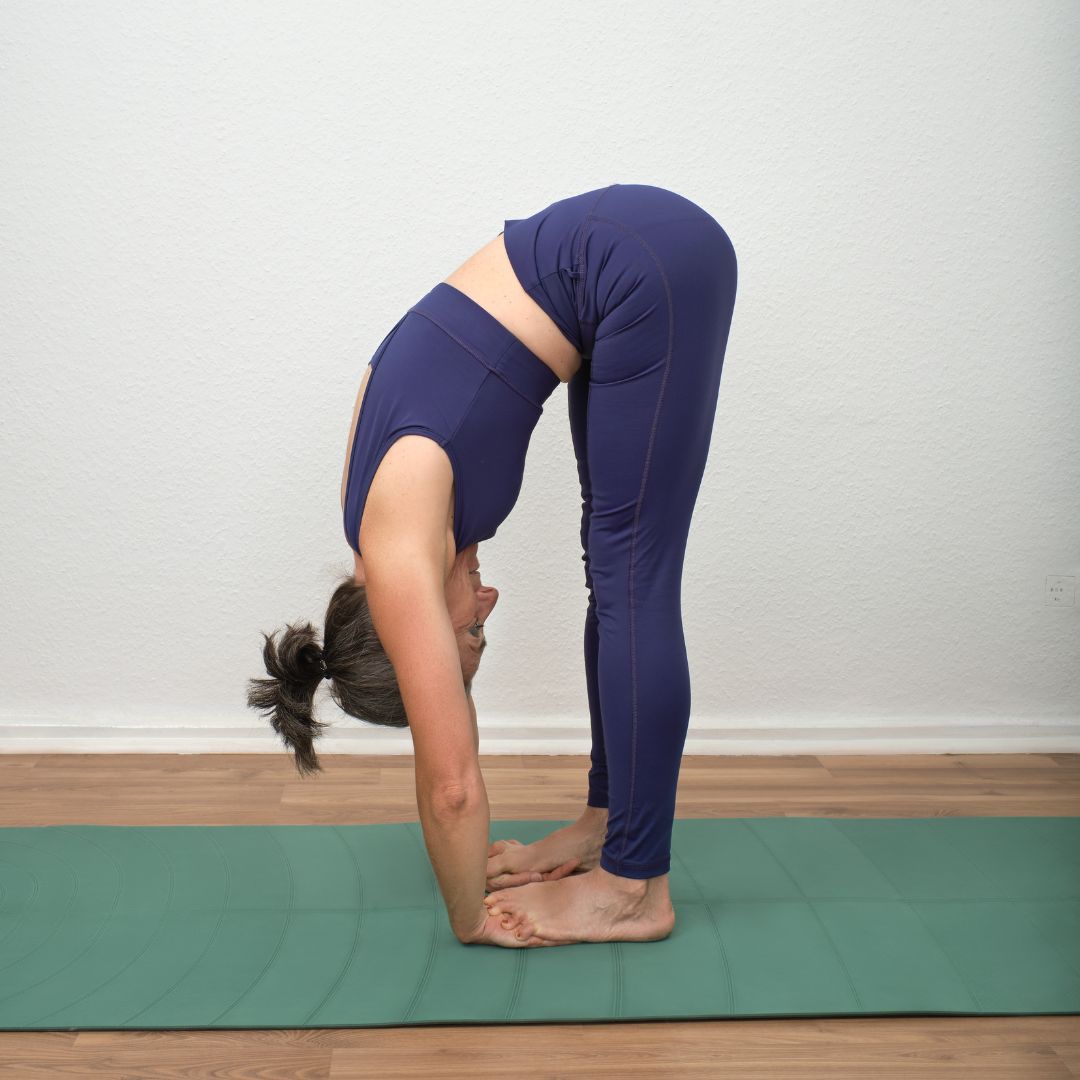🧘What is Yoga therapy?
Yoga therapy is a type of treatment that focuses on the union of mind and body to enhance mental health. It draws on vital yogic principles and practices, such as yoga postures (Asanas), meditation, breathing techniques (Pranayama), and relaxation exercises, to improve mental and physical well-being.
🧘Types of Yoga Therapy
Yoga therapy is usually conducted on a one-on-one basis and is not like a typical yoga class. However, group classes are also available, where different people work together with a teacher in a small group, and the power of the group is part of the “healing” process.
Techniques & Workflow:
Yoga therapy can involve various techniques, such as:
- Yoga postures
- Breathing
- Meditation
- Visualization/Intent
- Relaxation
- Study of scriptures
- Chanting
The workflow can vary based on your age, physical ability, and individual needs. All the exercises and postures employed in yoga therapy are designed to improve the capacity of mind and body working in tune.😉
The aim is to create a bridge between the practice and its impact on the mind. For instance, a person experiencing anxiety will be guided through poses like child’s pose and tree pose and will be taught how the poses help relieve anxiety. The practice should be built into the person’s daily life instead of being only practiced at weekly therapy sessions. Therefore, homework is very important.
🧘What Yoga Therapy Can Help With?
Yoga therapy can be helpful in the treatment of mental health conditions such as:
- Anxiety and panic disorders
- Attention deficit hyperactivity disorder
- Depression
- Eating disorders
- Insomnia
- Phobias
- Post-traumatic stress disorder
- Stress
🧘Benefits of Yoga Therapy
Some benefits of yoga therapy are:
- Focus: The practice concentrates on the mind and body simultaneously, developing and improving both mental and body awareness.
- Physical health benefits: In addition to helping with mental health conditions, yoga therapy also increases your body strength, balance, and flexibility. Furthermore, it helps with physical health conditions such as pain, blood pressure, heart disease, diabetes, obesity, and arthritis.
- No side effects: Medication to treat mental and physical health issues often has side effects, such as nausea, headache, fatigue, and dizziness. By contrast, yoga therapy has no side effects.
- Alternative form of therapy: A major benefit of yoga therapy is that it appeals to those who might not be ready for traditional talk therapy. My personal favorite 😊.
🧘Things to Consider
Here are some things to consider when choosing a yoga therapist:
- Find a teacher who knows what they are doing, who is experienced, and most importantly who enjoys what they are doing.
- Make sure that you choose someone you can trust and can form a strong therapeutic bond with. Someone whose work you believe in.
🧘How to Get Started?
Look for a yoga therapist near you. Yoga therapy practice is usually used as an additional form of therapy, supplementing other forms of therapy. Maybe you are currently seeing a therapist; then you might want to ask them whether yoga therapy can be helpful to you.😉
Note that you can participate in yoga therapy regardless of your age, flexibility, or strength.
Sessions can be simple or advanced, depending on your personal abilities and needs!
👉 Book your personal Yoga therapy class now
Remember that it is your duty to treat yourself !
Sandra💖


